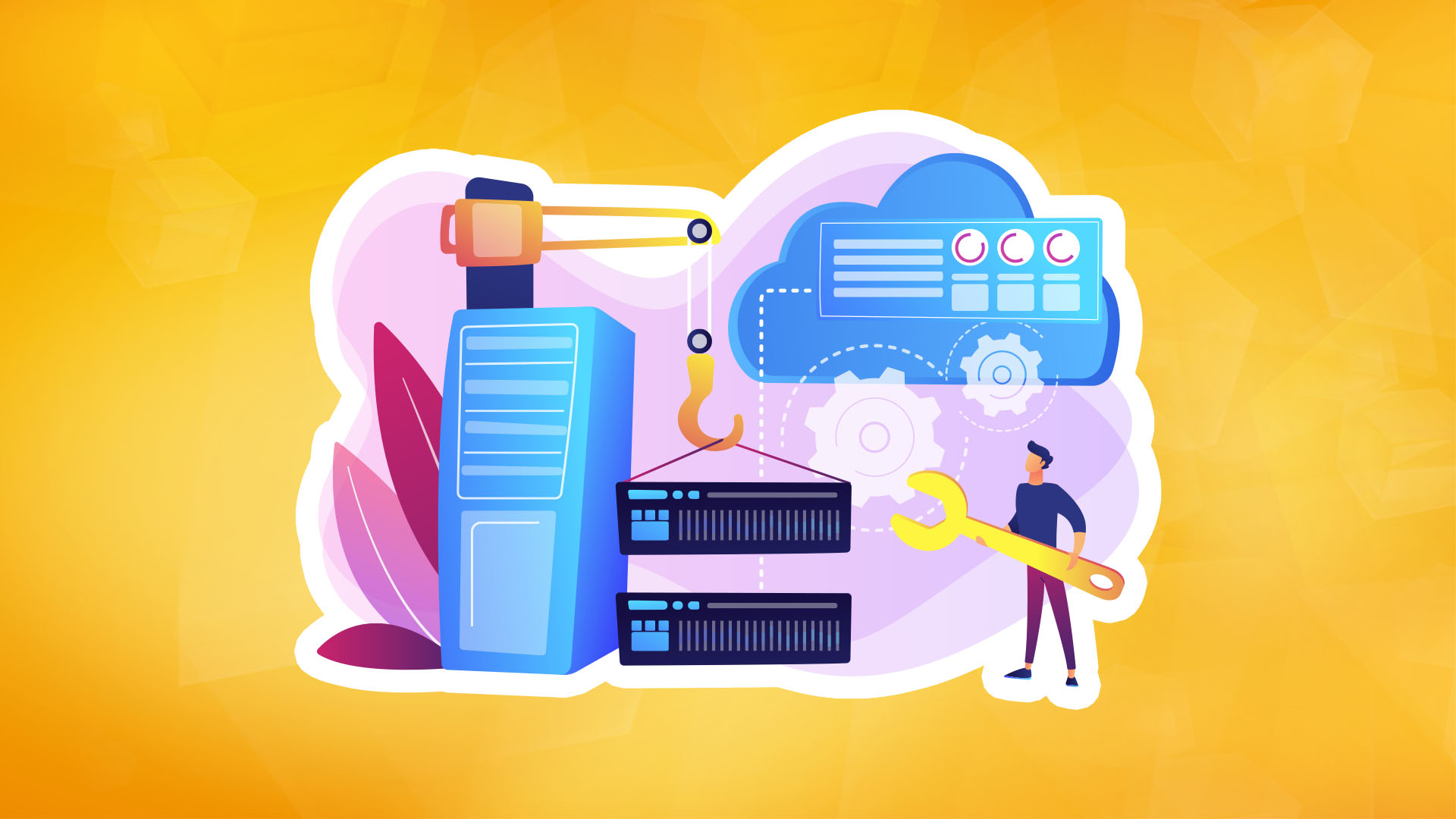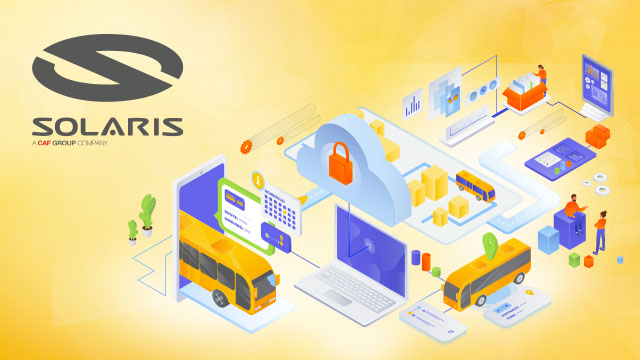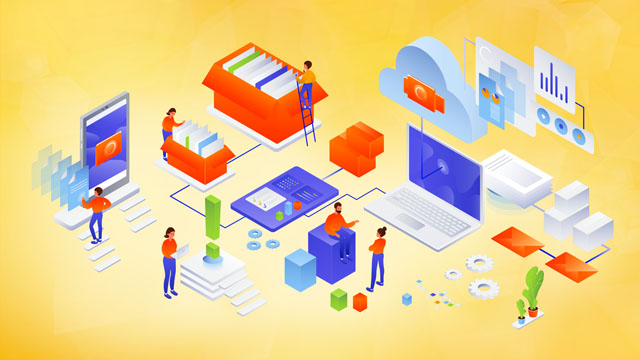Is a ‘lift and shift’ migration to the cloud always a bad solution?

Migration to the cloud is becoming a key part of digital transformation for many companies. One of the most popular, yet controversial, approaches to moving infrastructure to the cloud is the ‘lift and shift’ strategy. This involves directly moving existing systems, applications and data to a cloud environment, without significant changes to their architecture. Critics often point out the drawbacks of this approach, claiming that it can lead to wasted cloud potential, high operational costs and reduced flexibility. But is ‘lift and shift’ always a bad solution?
In this article, we take a closer look at the advantages and disadvantages of this approach, as well as situations where it may be the best choice.
What is ‘lift and shift’?
‘Lift and shift’ migration is the process of moving existing applications and their data from on-premise (on-premise) infrastructure to a cloud environment without making significant changes to their architecture, code or operation. In practice, this means running the same applications in the cloud, often in the form of virtual machines, without using native cloud services such as Kubernetes or databases in a PaaS model.
Advantages of ‘lift and shift’ migration
- Speed of implementation One of the biggest advantages of ‘lift and shift’ is the speed of implementation. With this approach, companies can move their infrastructure to the cloud in a relatively short period of time, which is particularly important in situations that require immediate scaling of resources or when local data centres need to be closed.
- Minimal application changes For many organisations, especially those with extensive legacy systems, rebuilding applications to accommodate a cloud-native architecture can be costly and time-consuming. ‘Lift and shift’ avoids these challenges.
- Reducing migration risk Mig rating to the cloud can be a complex process. ‘Lift and shift’ reduces the risks associated with downtime or errors that can occur during more advanced transformation strategies.
- Easy assessment of cloud benefits This approach allows organisations to quickly test the benefits of the cloud, such as scalability or performance, without having to fully restructure the application.
Disadvantages of ‘lift and shift’ migration
- Lack of cost optimisation Applications migrated in a ‘lift and shift’ model often run less efficiently in the cloud than in the on-premise model. Sub-optimal use of resources, such as computing power or memory, can lead to higher costs than originally anticipated.
- Underutilisation of native cloud services One of the main reasons for migrating to the cloud is the ability to use modern native services such as containerisation, serverless or advanced monitoring mechanisms. In the case of ‘lift and shift’, these opportunities remain untapped.
- Lack of flexibility Applications transferred in a ‘lift and shift’ model may not be easy to adapt to dynamic business needs, such as rapid changes in requirements or the development of new functionality.
- Potential performance issues Architectures built for on-premises environments may not perform as efficiently in the cloud, especially if they are based on older technologies or have high network and latency requirements.
When does ‘lift and shift’ make sense?
While ‘lift and shift’ has its drawbacks, there are situations where it may be the most appropriate choice:
- Urgent need to migrate If an organisation needs to move its systems to the cloud quickly - for example, when a contract for an on-premises data centre expires - ‘lift and shift’ may be the only realistic solution.
- Testing the cloud environment Companies that are new to the cloud can use ‘lift and shift’ to understand the benefits and challenges of the environment.
- Lack of resources for refactoring For companies with limited budgets or an IT team with little experience of cloud architecture, ‘lift and shift’ can be the easiest way to start migrating.
- Temporary systems If an application is slated for replacement or withdrawal in the near future, it may not be cost-effective to invest in upgrading it.
How to avoid the pitfalls of ‘lift and shift’?
- Cost planning Before migration, it is worthwhile to carefully estimate what costs will be generated by cloud applications. Taking into account factors such as data transfer, the need for continuous monitoring or the potential need to scale resources will help avoid unpleasant surprises.
- Post-migration monitoring Once the migration is complete, it is a good idea to implement monitoring tools to help identify potential performance issues and identify areas for optimisation.
- ‘Lift and shift’application evolution does not have to be the final step. As experience is gained, organisations can gradually upgrade their applications to better leverage cloud capabilities.
- A hybrid approach Not every application needs to be moved immediately in a ‘lift and shift’ model. A hybrid approach, in which only some systems are moved to the cloud, can be more efficient.
Summary
‘Lift and shift’ migration is an approach that has both advantages and disadvantages. Although criticised for not realising the full potential of the cloud, it can be an appropriate solution in certain situations. The key to success is a conscious approach to the migration process - understanding the needs of the organisation, planning carefully and being ready to optimise further. Ultimately, any migration strategy should be tailored to a company's unique requirements and business goals, and ‘lift and shift’ is one tool that can help achieve these goals.



